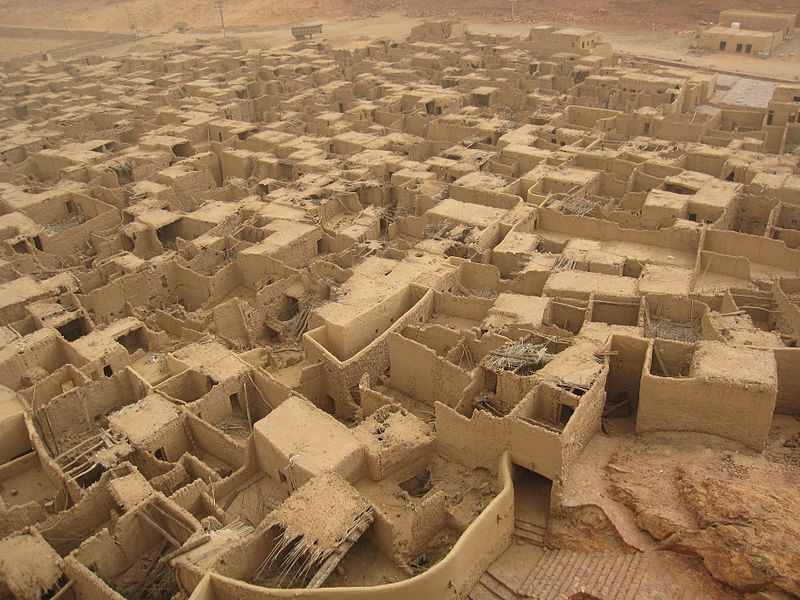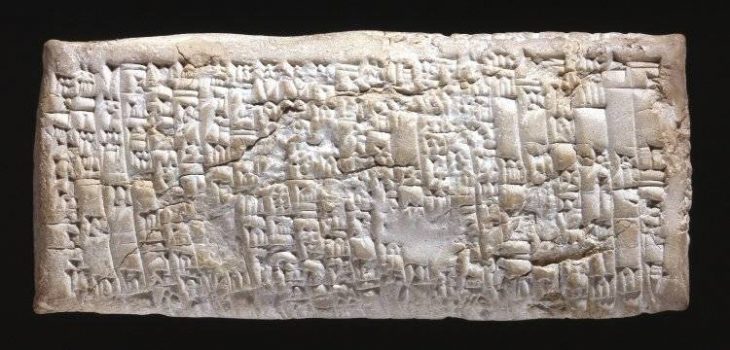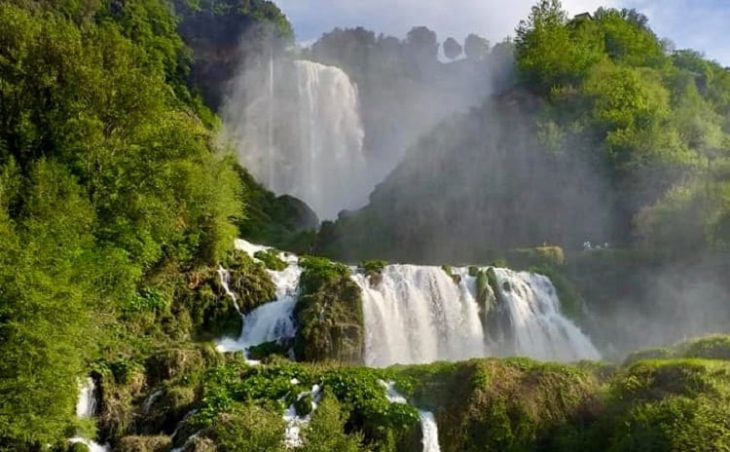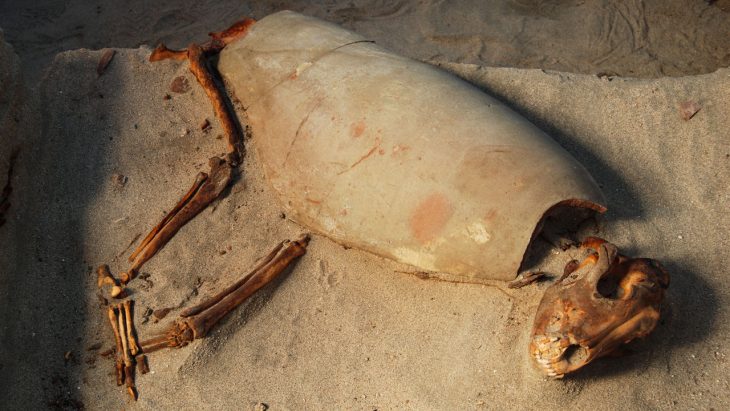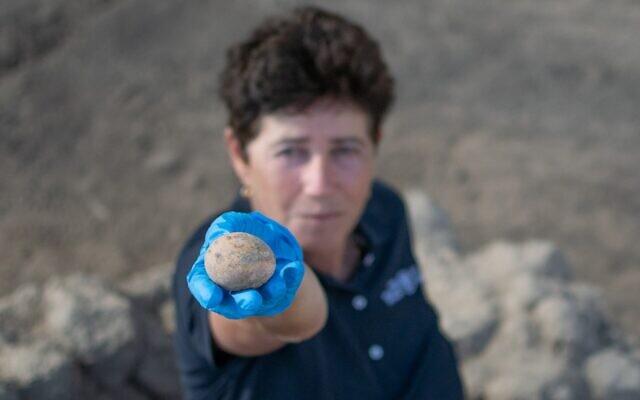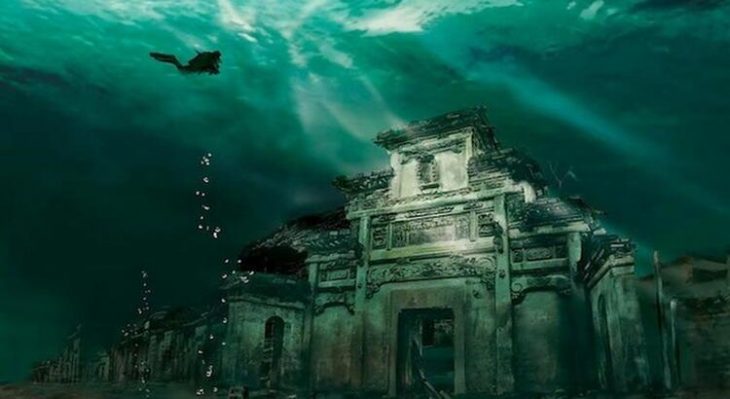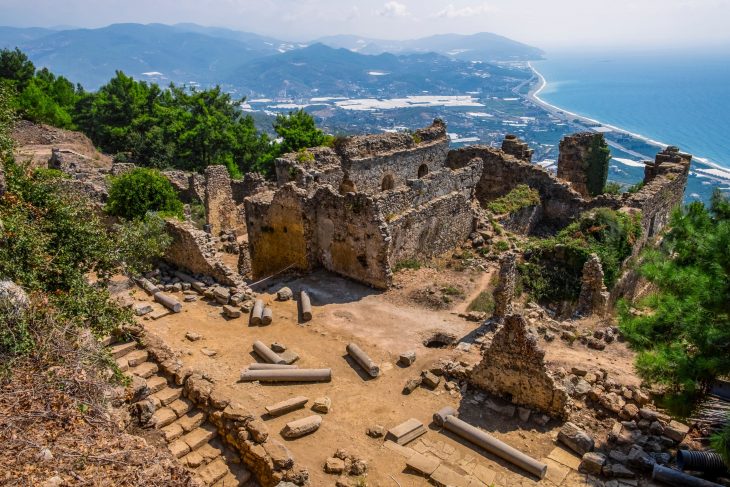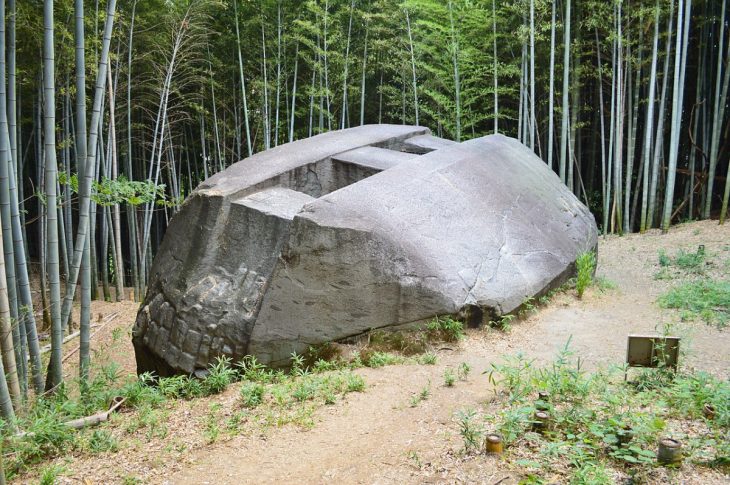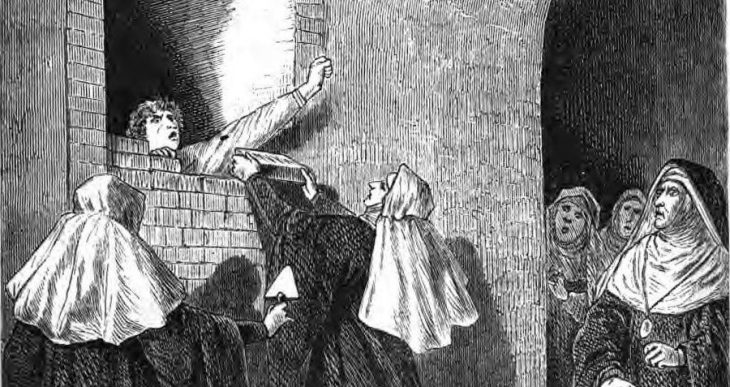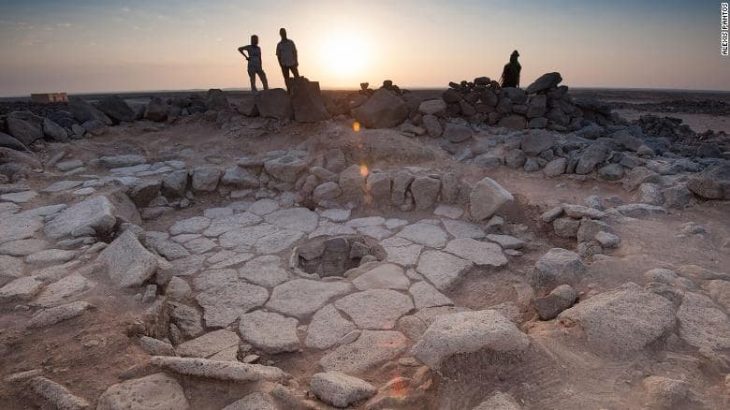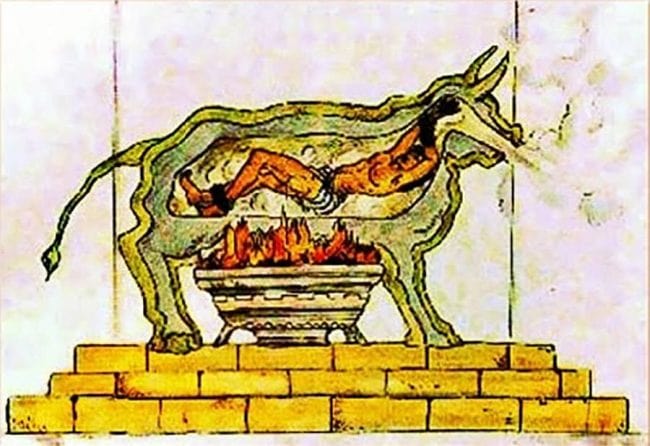Al-Ula oasis is located in the lush Wadi Al-Qura, or “valley of villages”, about 110 km southwest of the modern city of Tayma and 380 km north of Medina.
Al-Ula was the capital of the ancient Lihyanites (Dedanites). Located in the Medina region of Saudi Arabia, the city contains the first UNESCO World Heritage Site in the Kingdom of Saudi Arabia.
The walled city of Al-Ula, an oasis in the desert valley city with its fertile lands and abundant water was founded in the 6th century BC. It was located on the “Incense Road”, a network of roads that facilitated the trade of spices, silk, and other luxury goods through Arabia, Egypt, and India.
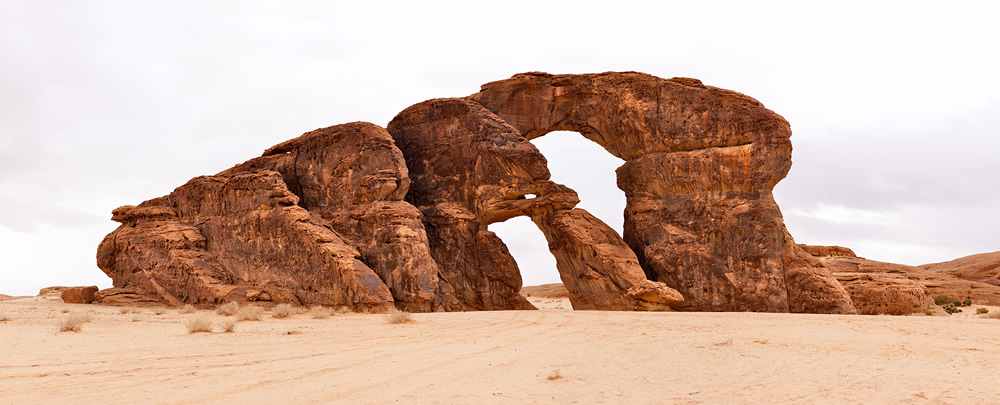
Al-Ula stands where the biblical city of Dedan is located. But was founded during the ancient Lihyan Kingdom of Northern Arabia, which ruled between the 5th and 2nd century BC. The history of the oasis is divided into several chapters.
The Kingdom of Dedan is mentioned in the Harran inscriptions. Al-Ula has become the most important settlement in the region until modern times. The Ottoman Empire built the Hejaz railway between 1901-1908 to connect Medina and Damascus. The railroad has main stations in both Mada’s Salih (Hegra) and Al-Ula.
📣 Our WhatsApp channel is now LIVE! Stay up-to-date with the latest news and updates, just click here to follow us on WhatsApp and never miss a thing!!
The area has an incredibly rich heritage with numerous archaeological sites dotting the landscape.
Al-Ula is described as a mirror of the ancient world civilizations in the Arabian Peninsula. Research has uncovered a civilization that is more than 200,000 years old at the same location along the ancient incense trade route from the south of the Peninsula to the north. Al-Ula is a tourist destination for all visitors from various parts of the world interested in archeology, nature, arts, and culture.
Visitors can enjoy a thrilling experience in the site, which has recorded the highest record in the archaeological world, containing 5,000 inscriptions carved into the rocks on Mount Ikmah, as well as 111 archaeological tombs that house 94 carved tombs.
The vertical sandstone cliffs surrounding Al-Ula provide large surfaces for rock art, making Al-Ula the richest petroglyph site in the Kingdom. Ar-Ruzeiqiah is a mountain in the southern part of Al-Ula with a large petroglyph panel with hundreds of pictures, including depictions of hunting scenes with humans and various animals.

The best times of the year to visit Al-Ula are between October and April. During this period, the city enjoys a mild climate with temperatures ranging from 10 to 25 degrees Celsius. The period from May to September witnesses high temperatures ranging from 20-35 degrees Celsius.
Ikmah Mountain is full of archaeological inscriptions from the dawn of Arab civilization as well as writings and inscriptions from other civilizations and is called the “Open Library”.
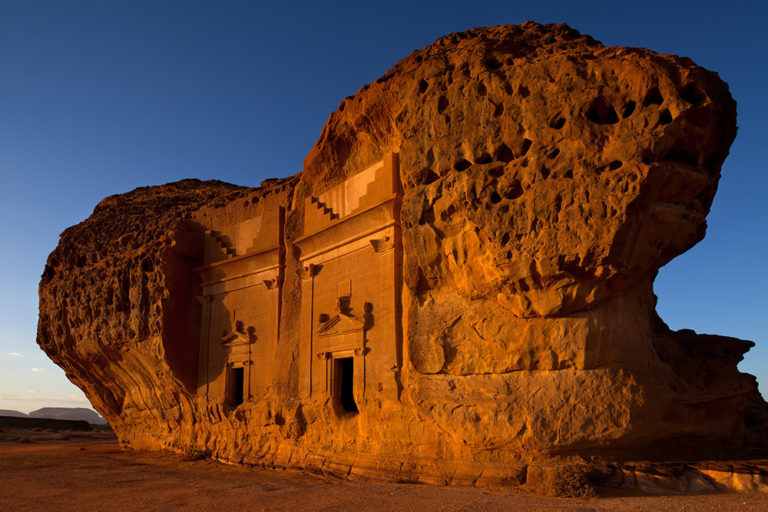
In addition to the green oasis in Al-Ula, there are various rock formations in different areas, making the site a special place for nature lovers. Al-Ula is also a home for many plants and animals.
The importance of Al-Ula as an archaeological and historical site led to the establishment of the Al-Ula Royal Commission (RCU) in July 2017, whose purpose was to develop and promote Al-Ula as an international tourism destination. The main purpose of the institution is to carry out studies related to the promotion and development of this place.
Source: 1-https://www.experiencealula.com/en/discover-alula/heritage
2- http://saudi-archaeology.com/sites/al-ula
3-Al-Ula old town picture belongs to Pteropus Conspicillatus.

